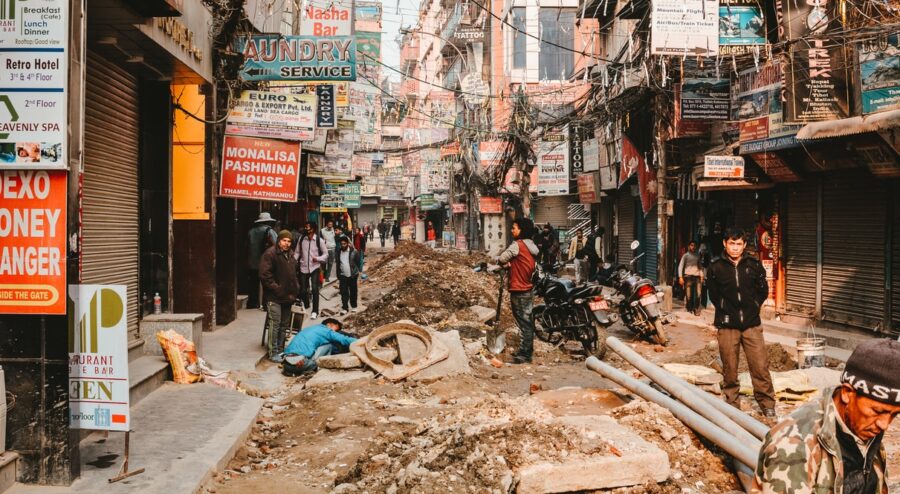Earthquakes are bad news with a lot of destructive potential, but people tend to think of them only in terms of property destruction and loss of life. One thing that is often overlooked is the amount of pollution they generate. Earthquakes actually cause a lot of pollution, both for air, soil and water. Understanding the effect earthquakes have on air pollution can help in preserving a proper level of indoor air quality when disaster strikes.
In 2015, a powerful earthquake hit Nepal. It measured a 7.8 on the Richter scale and leveled many buildings which were built out of old bricks. This resulted in a huge upsurge of dust particles which greatly affected the country’s air quality. According to the EPI, Nepal ranked 176th in air quality among 180 countries in 2018. Pulmonary diseases comprised 43% of all hospital visits, beating out cardiovascular diseases and diabetes.
It’s unfortunate but when disasters strike there’s a lot more at stake than just property damage, and being conscious of these risks can help you and your family prepare to deal with them when it happens.
Dust Exposure
The main driver for earthquake-induced air pollution is dust. The vibrations and tremors hitting buildings and homes loosens up dust and drives them into the air. Tectonic shifts can disrupt sediment and expose them to the air where they linger as particulates for days or even longer. Even in homes the jolt can release dust that is normally packed away and bring them out into the open, underscoring the importance of keeping a clean home.
Accidental Fires and Damage
The resulting fires and other incidents during an emergency can release all manner of pollutants into the air. Damaged pipelines or storage facilities can cause chemicals to leak and evaporate into the air releasing large amounts of VOCs into the atmosphere.
In a densely-packed urban area these will be very close to human dwellings, and the fumes can easily get into your homes. Fires will also release copious amounts of carbon dioxide and other gases into the air, worsening the air quality index further.
Molds and other Risk Factors
During an earthquake there’s a large change for water pipes and other similar structures to be damaged, resulting in more damp locations and spaces. These damp conditions will tend to have a negative on human dwellings, as the water seeps into the wood,encouraging fungal growth. Molds will result and the spores they release are known air pollutants which can have very acute effects on your respiratory systems.
A case study was done in New Zealand following the 2010 earthquake that hit Canterbury, along with its aftershocks. The data from the study shows that PM10 particulate matter levels hit 140µg/m3 over a 24 hour period, which is well over the NESAQ threshold of 50 µg/m3. The amount of PM2.5 concentration also hit 127µg/m3 at this time, about 90% of the level of PM10.
The reality of earthquakes is that they cause a lot of air pollution through the release of dust and other accumulated pollutants, accidents which result in the leaking of various hazardous materials, and increased risk for molds and other microbial organisms as a result of increased moisture and dampening in the environment.
When an earthquake occurs the best thing to do is to keep ventilation closed as much as possible, to minimize or even prevent these airborne pollutants from getting into your home. Keeping the home dust free also helps minimize the risk of dust getting into the air and worsening your air quality. While safety should be the main concern, being able to batten down the hatches when it is reasonable to do so can make a huge difference in your home’s air quality during the earthquake and in the resulting aftermath.


